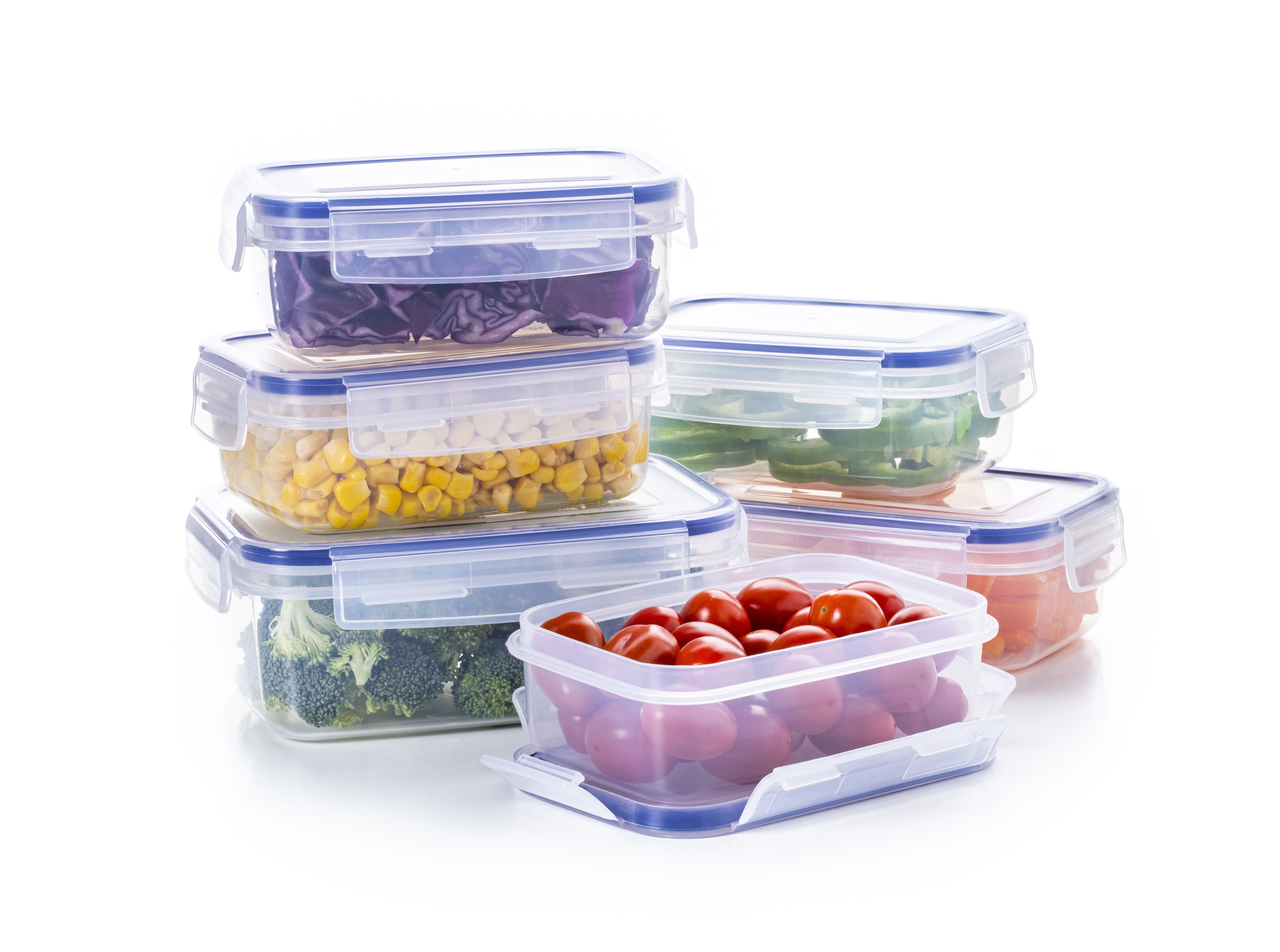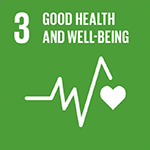
Jan 28, 2022
A proposed ASTM International standard will help determine the antimicrobial properties found in materials used for the production of packaging for food containers, personal care products, and other items.
Many synthetic polymeric materials may have inherent antimicrobial properties, while other such materials may contain antimicrobial additives. The proposed standard will be used to quantitatively measure the number of viable bacteria adhering to the flat surfaces of these materials.
ASTM International’s committee on pesticides, antimicrobials, and alternative control agents (E35) is developing the proposed standard.
ASTM International member Chris Wu notes that bacteria-repellent technology reduces adherence on plastic without bactericidal activity.
“Bacteria-repellent technology creates a non-desirable surface on plastic for bacteria to stay and colonize,” says Wu, assistant project manager, Ka Shui Plastic Technology “To the best of our knowledge, existing test methods do not quantitatively measure the number of viable bacteria adhering to flat surfaces of these synthetic polymeric materials.”
Wu notes that the standard will be most useful for companies developing or incorporating bacteria-repellent technology into their products, which can include plastic manufacturers, additive manufacturers and distributors, original equipment manufacturers, and brand owners. The standard can be used for bacteria-repellent rate assessment, quality control, and performance verification for all parties involved.
ASTM welcomes participation in the development of its standards. All parties developing bacteria-repellent technologies are invited to join the subcommittee developing this proposed standard (WK66122). JOIN ASTM.
U.N. Sustainable Development Goals Supported:

 .
. 
March / April 2022